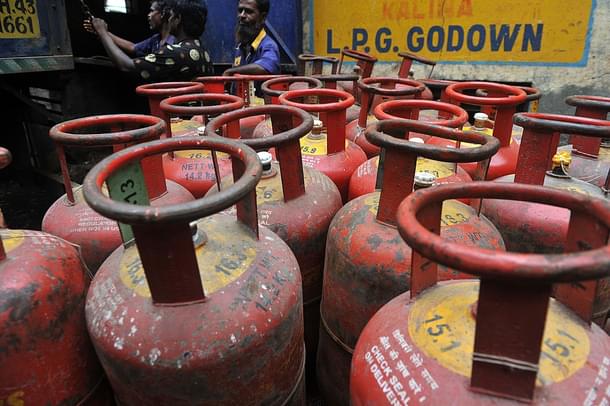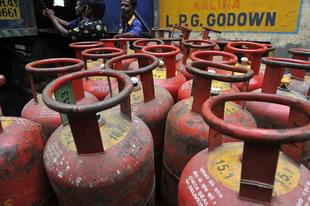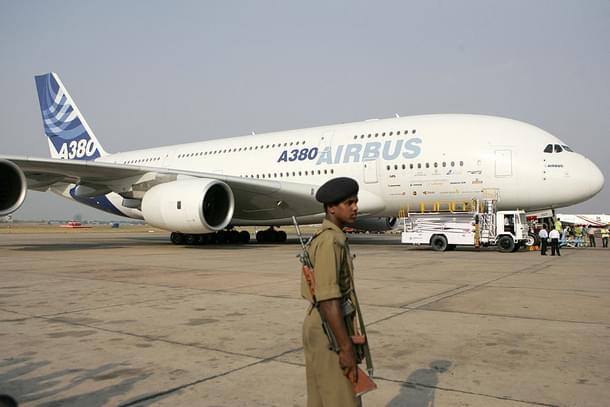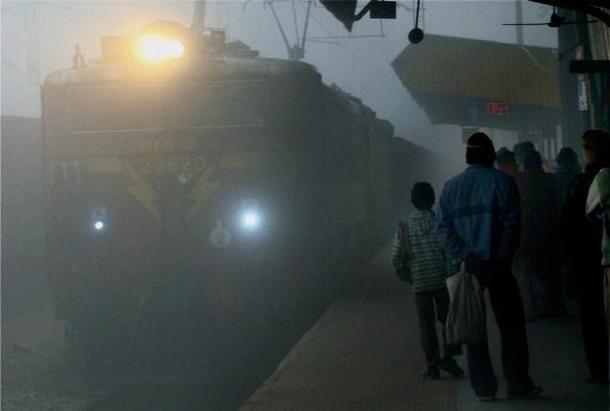Economy
Economic Survey: Subsidies Going Where They Aren’t Really Needed
Swarajya Staff
Feb 28, 2016, 07:41 PM | Updated 07:41 PM IST
Save & read from anywhere!
Bookmark stories for easy access on any device or the Swarajya app.


Approximately Rs one lakh crore goes from the government’s purse every year as the benefit of subsidies are availed by people who could do very well without them. The Economic Survey, released on Friday, 26, February, devotes an entire section to explain this anomaly. According to it, there are six areas in which subsidies are going to the well-off: savings schemes, kerosene, railways, electricity, LPG, gold, and aviation turbin fuel (ATF).

The beneficiaries here are the PPF (Public Provident Fund) account holders. Unlike other small saving schemes, PPF accounts are exempted from tax at all three stages—at the time of deposit, on the interest accrual and at the time of withdrawal. And as the Economic Survey shows here by method of inference, most beneficiaries of the PPF schemes are well off.

Almost all of gold in the market is consumed by the rich, and even after combining central and state levies, it is taxed only at about 1-1.6 percent. For perspective, some products are taxed at around 26 percent. This means that consumers of gold enjoy a subsidy of 25 percent. As the survey states: “98 per cent of this subsidy accrues to the better-off and only 2 per cent to the bottom 3 deciles”.

LPG consumers receive subsidy of 36 percent per cylinder. However, about 91 percent of LPG consumers are better-off and only 9 percent are poor. Thus, by implication, 91 percent of LPG subsidies are going to the rich.

ATF is taxed at 20 percent, while petrol and diesel get taxed at 55 percent and 61 percent. At least now and likely for the near future, air travel can only be afforded by the well off. On the other hand petrol and diesel costs are added to the final price of the goods of daily consumption.

The survey takes A/C, first class, second class and sleeper class to be the categories of coaches in which the rich travel and unreserved to be the category for poor. It one computes the implicit subsidy rate for each. The subsidy rate for the rich comes out to be 34 percent and that of the poor at 69 percent. Although, the subsidy rate for the rich here is lower than that for the poor, the question here is why should even that much go to those who can anyway afford rail travel.
.jpg?w=610&q=75&compress=true&format=auto)
Both the rich and poor enjoy 38 percent subsidy on kerosene. However, kerosene makes up only about 1 percent of the consumption basket of the poor. Thus, here too, the subsidies are not being availed by the desired section.
.jpg?w=610&q=75&compress=true&format=auto)
The better-off enjoy 32 percent subsidy while the poor enjoy 49 percent subsidy on electricity rates. However, as the survey states, ‘given the magnitude of relative power consumption of the better-off in the total consumption of electricity (84 per cent), the better-off appropriate a substantial amount of the total subsidy’.




